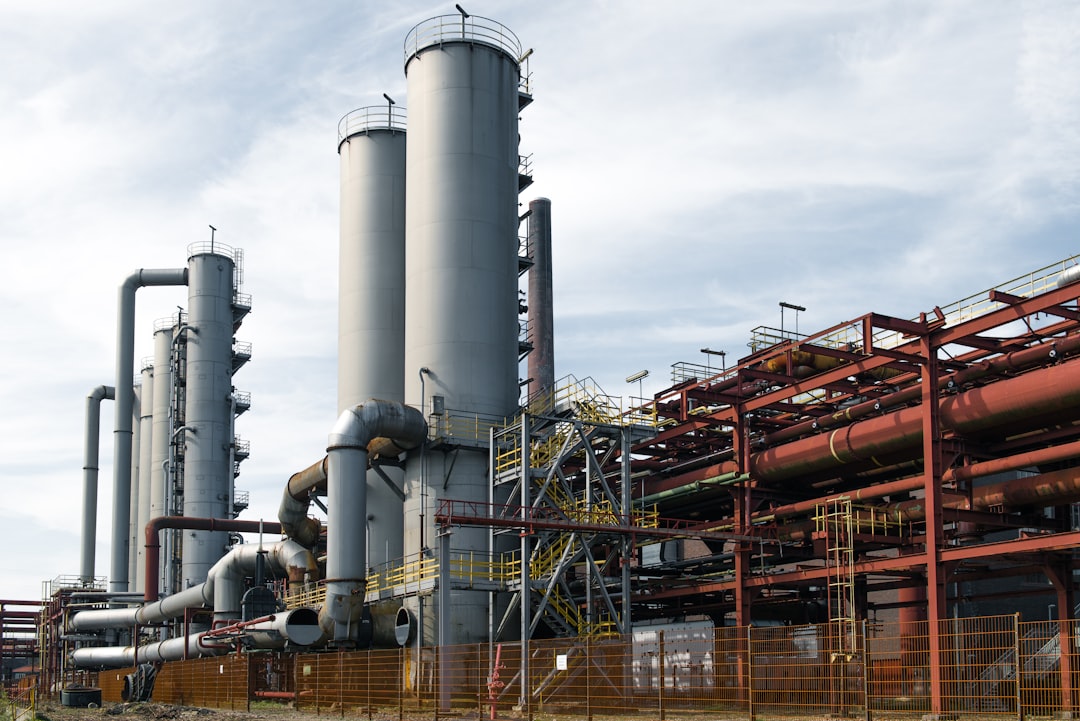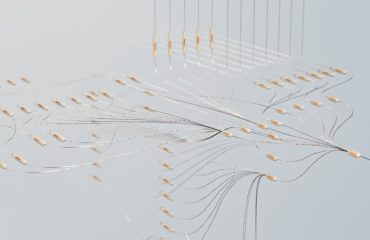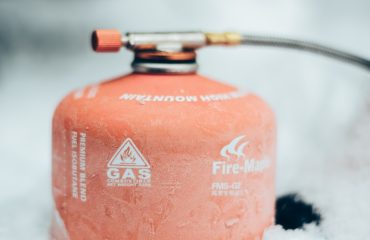body { font-family: sans-serif; line-height: 1.6; }
h1, h2, h3 { color: #333; }
img { max-width: 100%; height: auto; }
Steel’s strength, durability, and versatility make it an essential material in the construction and operation of modern power plants. From the foundational structures to intricate components within the power generation process, steel plays a critical role in ensuring efficient, reliable, and safe energy production. This post delves into the multifaceted relationship between steel and power plant integration, exploring its various applications and the ongoing innovations shaping the industry.
1. Steel’s Structural Foundation in Power Plant Construction
Power plants, regardless of their generation technology (fossil fuel, nuclear, renewable), require robust and durable structures to withstand environmental stresses and operational loads. Steel’s high tensile strength and formability make it ideal for constructing the plant’s primary framework. This includes the main buildings housing turbines, generators, and control systems, as well as supporting structures for cooling towers, stacks, and transmission lines. Steel’s ability to be fabricated into various shapes and sizes allows for efficient construction, minimizing on-site work and reducing construction time. Furthermore, advancements in steel design and fabrication techniques, such as high-strength low-alloy (HSLA) steels and advanced welding processes, have led to lighter yet stronger structures, optimizing material usage and reducing overall costs.
2. Steel’s Role in Boiler and Turbine Systems (Fossil Fuel and Biomass Plants)
In conventional thermal power plants fueled by coal, oil, or biomass, steel plays a pivotal role in the high-pressure, high-temperature environment of the boiler and turbine systems. Boiler components, including pressure vessels, tubes, headers, and superheaters, require materials capable of withstanding extreme temperatures and pressures without compromising structural integrity. High-temperature alloys, often containing chromium, molybdenum, and other alloying elements, are specifically designed to resist oxidation, creep, and corrosion at elevated temperatures. Similarly, turbine blades and casings are manufactured from specialized steel alloys to withstand the immense centrifugal forces and thermal stresses encountered during operation. The precise machining and manufacturing processes involved in producing these components demand high-quality steel with exceptional metallurgical properties.
3. Steel in Nuclear Power Plant Components
Nuclear power plants present unique challenges due to the high levels of radiation and the need for extreme safety measures. Steel, specifically low-activation steel, plays a crucial role in the construction of the reactor vessel, containment structures, and other critical components. Low-activation steel minimizes the production of long-lived radioactive isotopes, reducing the long-term waste disposal challenges. The selection of steel for nuclear applications undergoes rigorous testing and quality control to ensure its ability to withstand radiation damage and maintain structural integrity over its operational lifespan. Welding and inspection techniques employed in nuclear power plant construction are exceptionally stringent to guarantee the absence of flaws that could compromise safety.
4. Steel’s Contribution to Renewable Energy Infrastructure
While often associated with fossil fuel and nuclear plants, steel is also integral to renewable energy infrastructure. Wind turbines, for example, rely heavily on steel for their towers, nacelles, and blades. The towers require high-strength steel to withstand significant wind loads and bending moments. Similarly, solar power plants utilize steel in the support structures for photovoltaic panels, ensuring stability and durability in various environmental conditions. The use of steel in these renewable energy applications contributes to the efficiency and longevity of these crucial clean energy systems.
5. Challenges and Innovations in Steel Application for Power Plants
Despite its widespread use, the application of steel in power plants faces some challenges. Corrosion, particularly in coastal or high-humidity environments, remains a concern. The development of corrosion-resistant steels and advanced coating technologies is crucial for extending the lifespan of power plant components. Furthermore, the increasing demand for energy efficiency necessitates the development of lighter and stronger steel alloys to reduce the overall weight and material consumption in power plant construction. Research and development efforts are focused on enhancing the mechanical properties of steel through alloying additions and advanced manufacturing techniques like additive manufacturing (3D printing) to create complex components with improved performance and reduced manufacturing costs.
In conclusion, steel remains an indispensable material in the construction and operation of power plants, regardless of their energy source. Its strength, durability, and versatility are crucial for ensuring the safe, efficient, and reliable generation of electricity. Ongoing innovations in steel technology promise to further enhance its role in meeting the world’s growing energy demands while addressing the challenges of sustainability and environmental responsibility.
SEO Tags: Steel in power plants, Power plant construction, Steel alloys, Renewable energy infrastructure, Nuclear power plant materials




